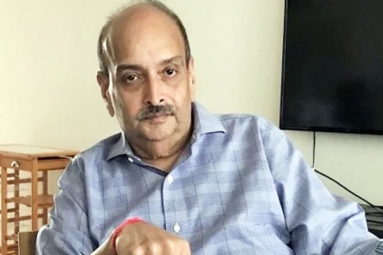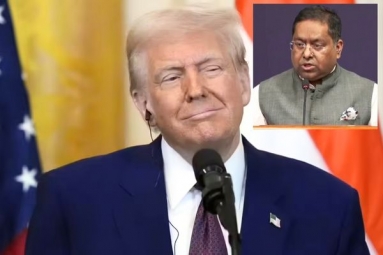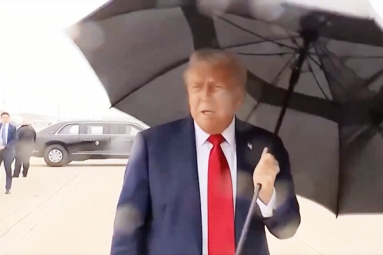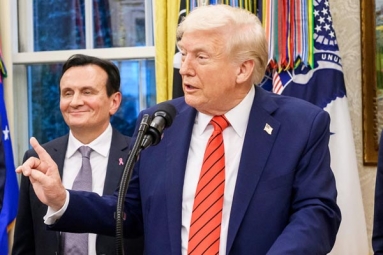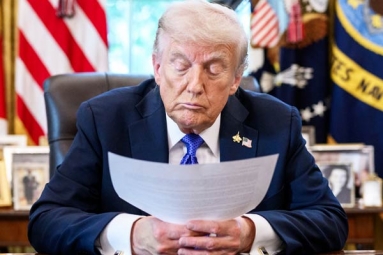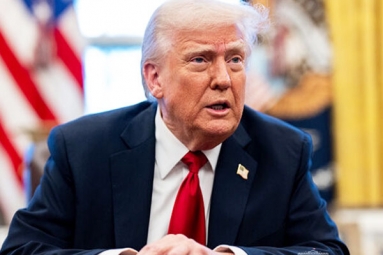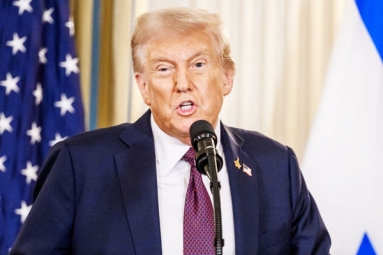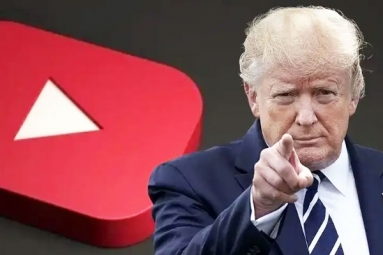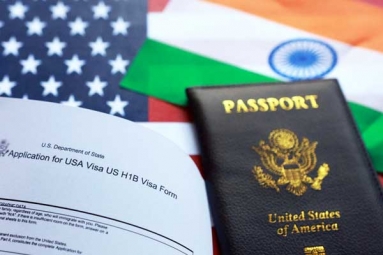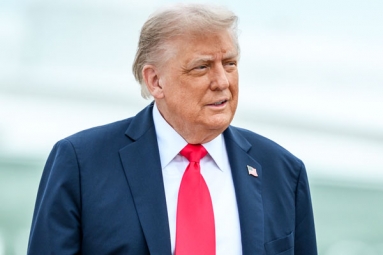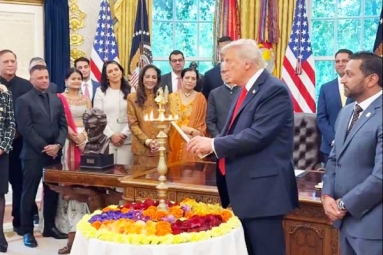Trump Administration's Adverse Policies to Hit Indian It Firms' Profits, Margins Badly in FY20: Report
May 27, 2019 12:00
The adverse policies set up by Trump administration on immigrants, like the one of H-1B visas in the key United States market, is affecting the profitability of IT companies, with margins estimated to narrow by up to 0.80 percent in 2019-20, a report said Monday.
Revenues are set to rise by 7-8 percent in dollar terms for the over USD 180 billion industry in this fiscal on the back of faster growth in digital services, ratingagency Crisil’s research wing said in a note.
The industry’s operating margins will narrow by 0.30- 0.80 percent largely on an increase in local hires which the industry has been forced into due to the policy framework in its markets, the note said.
It explained that the Indian Information Technology (IT) sector has traditionally depended on labor arbitrage - getting the same work done cheaper than the developed markets - but the gap is narrowing, crimping the margins.
Nearly 65 percent of the operating expenses for an IT player is towards employees, it said, adding that the same grew by a faster clip of 17 percent for tier-I players in FY2018-19 as against 6 percent earlier.
“Such an increase in employee costs can be attributed to tightening of visa norms for Indian players, resulting in higher onsite costs for them,” the note said.
It said ever since the United States government tightened its H-1B visa policy in 2017, challenges have mounted for the sector as Indianorigin employees, who were the largest consumers of H-1B visas at 63 percent of initial employment. It can be noted that the U.S. reduced both the number of visas available and also set a minimum floor of salary to be offered, making it difficult for the Indian IT sector.
Typically, an Indianorigin employee with an H1-B visa would cost 20 percent lower than hiring the same talent locally, it said. Additionally, lower unemployment of under 2 percent in the U.S. technology sector as against overall unemployment of under 4 percent means talent availability is limitedand it will lead to higher costs, it said, adding profits will continue to be under pressure in the future as well.
It said margins have been declining for the last five fiscals due to factors like stabilizing utilization levels and billing rates, and the rise in employee costs is only aggravating the problem.
The note suggested players can try to optimize onsite costs by resorting to the pyramid model, wherein college graduates are hired at USD 50,000-60,000 in a higher proportion and the rest filled with a few domain experts at a higher cost. Focus on moving up the value chain in digital services could also play a role to offset rising employee cost, it said.
By Sowmya Sangam



